TLDR: The Santo Stefano complex, nicknamed the "Seven Churches," is actually a group of four interconnected medieval religious buildings in Bologna. Originally there were seven, but only four survive today. It's one of Bologna's most atmospheric spots with a peaceful courtyard, ancient architecture. Entry is free. Less crowded than major attractions and genuinely peaceful. Worth 30-45 minutes if you appreciate medieval architecture and quiet contemplation.
Standing in the small piazza facing Santo Stefano, you get the sense you've stumbled into something most tourists miss. The complex looks almost humble from outside, nothing like the grand basilicas that dominate Italian squares. But that's exactly what makes it special.
After several visits to Bologna, I've come to appreciate Santo Stefano as the city's most underrated attraction. The layers of history here span 1,500 years, and unlike Piazza Maggiore, you can actually hear yourself think.
If you want deeper context about how this complex fits into Bologna's medieval religious landscape, StoryHunt's Personal Tour Guide provides audio narration that connects Santo Stefano with the city's other churches and historical sites.
What is the story behind Santo Stefano complex?
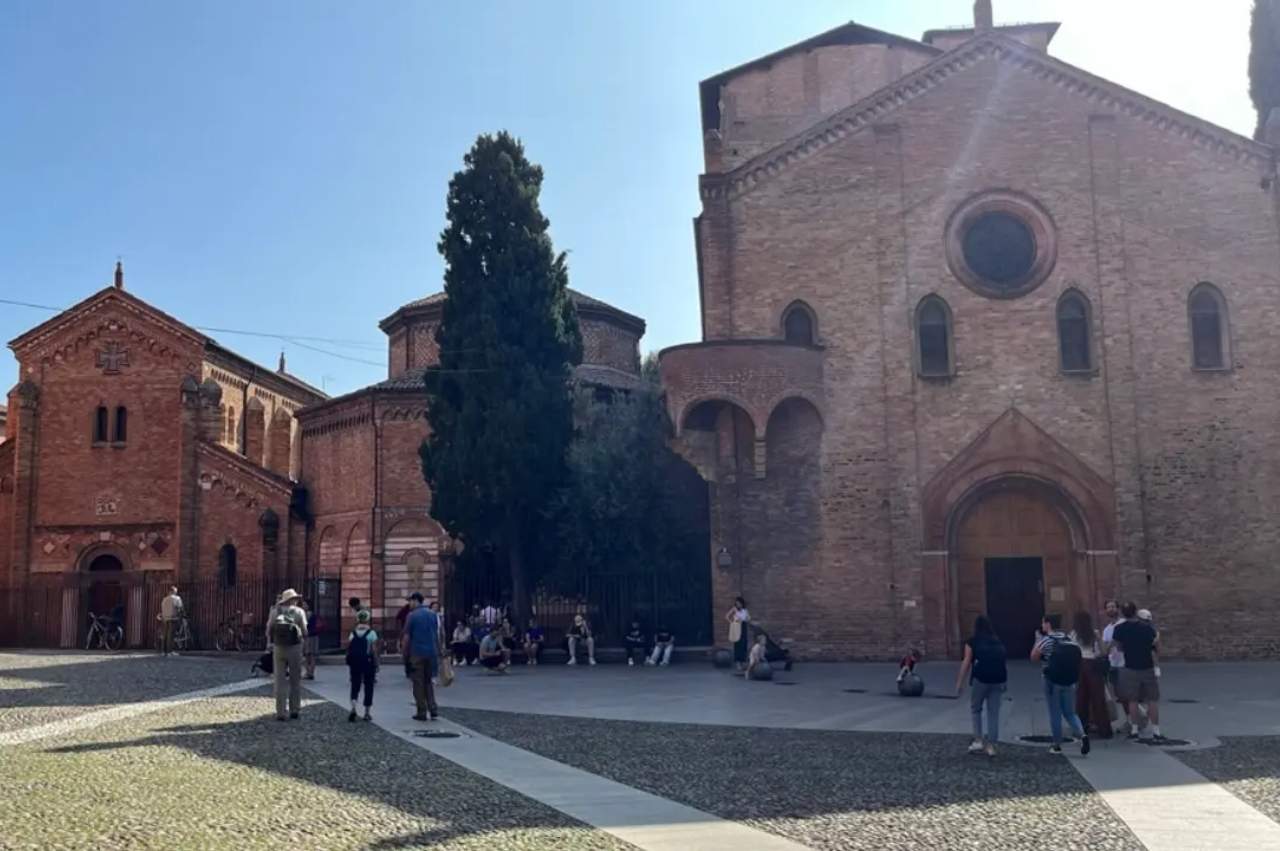
Legend claims Bishop Petronius founded the complex in the 5th century to recreate Jerusalem's holy sites in Bologna, though historians debate this origin story. What's certain is that buildings here date from different periods spanning the 8th to 13th centuries. The complex served as a Benedictine monastery and pilgrimage destination.
Originally seven churches existed here, giving it the "Seven Churches" nickname that stuck even after several were demolished or combined. The Romanesque architecture you see today reflects multiple construction phases and medieval renovations.
It's essentially a religious compound that evolved over a millennium, absorbing Bologna's architectural and spiritual history.
What is Santo Stefano in Italy?
Santo Stefano is a complex of interconnected religious buildings, not a single church. The four surviving structures are the Church of the Crucifix, the Church of the Holy Sepulchre, the courtyard of Pilate, and the Church of Saints Vitale and Agricola.
Each building has its own character and purpose. The Holy Sepulchre church is the most striking with its unusual polygonal structure supposedly modeled on Jerusalem's Church of the Holy Sepulchre. The courtyard features a simple basin where Pontius Pilate allegedly washed his hands, though the actual basin dates from the 8th century.
It's a uniquely atmospheric place that feels more like an archaeological site than a traditional church.
What is the history of San Stefano Bologna?
The complex's history is complicated because construction happened in waves over centuries. The oldest parts date to the 8th century, though local tradition pushes origins back to the 5th century.
Benedictine monks managed the complex throughout the medieval period, turning it into an important pilgrimage stop. The baroque period brought unfortunate renovations that obscured some Romanesque features. Restoration work in the 19th and 20th centuries attempted to recover the medieval character by removing baroque additions.
Archaeological excavations revealed even older Roman structures beneath the churches. What you see today represents multiple historical layers, which makes it fascinating for anyone interested in how religious architecture evolves.
How much does it cost to visit Santo Stefano?
Entry to the churches and courtyard is completely free, which is rare for a site this significant. There's no ticket booth or admission fee. The small museum costs a few euros if you want to see additional artifacts and artwork, but most visitors skip it without missing much.
You might see a donation box, but contributions are optional. Photography is allowed and free. This accessibility makes Santo Stefano one of Bologna's best values.
The fact that it's free yet receives far fewer visitors than paid attractions tells you something about how tourism works in Italy.
What should you see inside Santo Stefano?
The Church of the Holy Sepulchre deserves most of your attention with its distinctive polygonal shape and ancient columns. The crypt beneath it contains the relics of Saints Vitale and Agricola. Pilate's courtyard is the complex's most peaceful spot, surrounded by two-story arcades that create beautiful light patterns.
The Romanesque cloister features columns with varied capitals, each carved differently. Look for the rooster weathervane on top of the Holy Sepulchre, a symbol that's become associated with the complex. The Church of Saints Vitale and Agricola, the oldest part, feels authentically ancient.
The overall atmosphere is contemplative rather than grand. It rewards slow exploration and attention to architectural details.
When is the best time to visit Santo Stefano?
Early morning around 9-10 AM offers the best light in the courtyard and minimal crowds. Late afternoon around 4-5 PM is also quiet. Avoid midday when tour groups occasionally pass through, though it never gets as packed as San Petronio.
Sunday mornings have services but the complex is large enough that you can explore without disturbing worship. The complex feels magical in winter when fewer tourists visit Bologna. Summer can be uncomfortably warm in the enclosed spaces.
If you're creating a walking route through Bologna's historic center, The Personal Tour Guide can position Santo Stefano logically within your itinerary, perhaps as a quiet break between busier attractions.
How long does it take to visit?
A quick walkthrough takes 15-20 minutes if you're just hitting the main spaces. A thorough visit examining architectural details and soaking in the atmosphere needs 40-50 minutes.
I typically spend around 30 minutes here, which feels right for most people. The museum adds another 20 minutes if you choose to visit it. Unlike some attractions where crowds force you through quickly, Santo Stefano lets you linger.
There are benches in the courtyard where you can sit and rest. The pacing is entirely up to you, which makes it a relaxing stop on a busy sightseeing day.
What else should you see nearby?
Bologna has dozens of churches, museums, and historic sites packed into a walkable center. Near Santo Stefano, don't miss:
- Basilica of San Petronio on Piazza Maggiore (10-minute walk)
- Archiginnasio and Teatro Anatomico (12-minute walk)
- Piazza del Nettuno with Neptune Fountain (10-minute walk)
- Two Towers (5-minute walk)
- Sanctuary of San Luca (longer journey but worthwhile for the porticoed walkway)
The narrow streets around Santo Stefano contain small shops and cafes with far fewer tourists than areas near Piazza Maggiore.
The Personal Tour Guide helps you understand how these sites connect historically and geographically, creating routes that make thematic sense rather than just covering distance.
Is it worth seeing Santo Stefano complex?
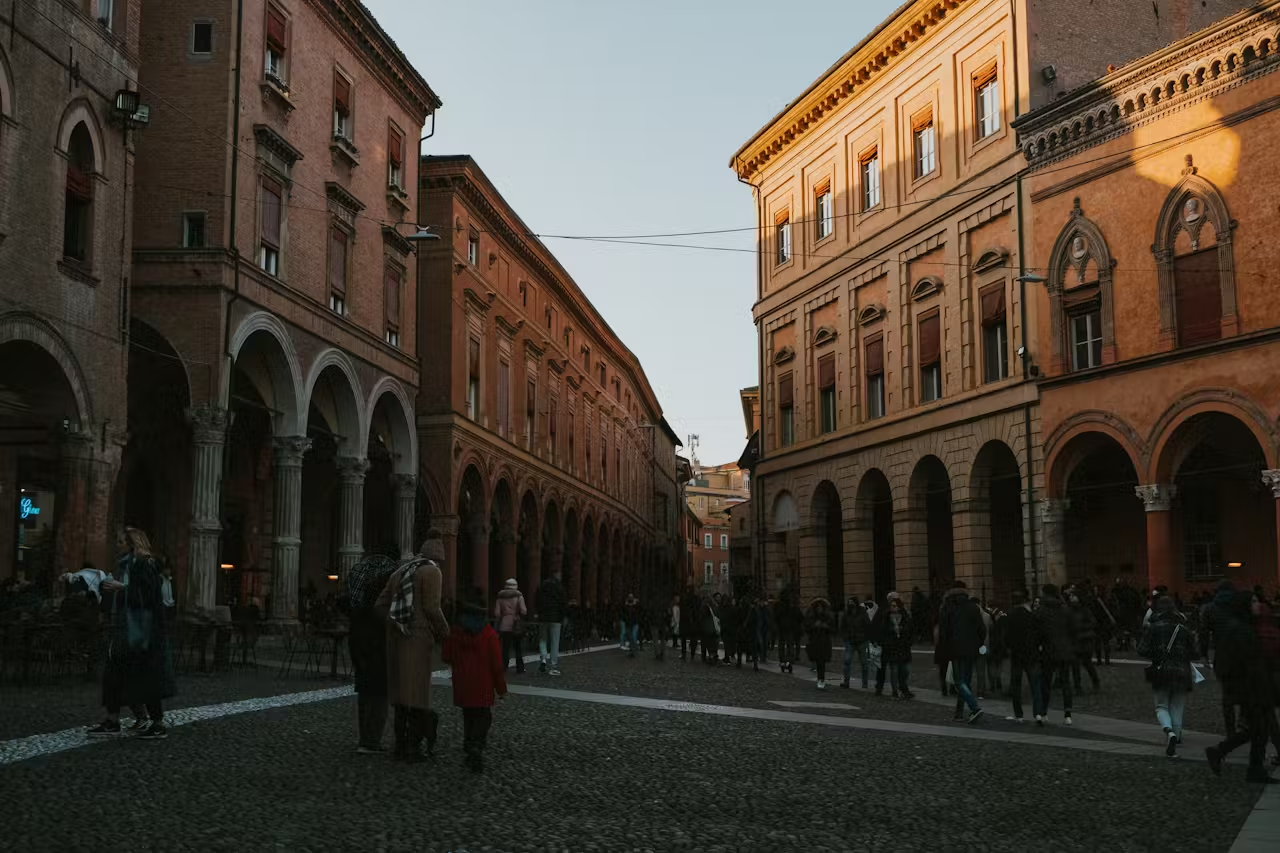
Absolutely, and it might be my favorite religious site in Bologna. Santo Stefano offers something genuinely different from typical Italian church tourism. The peaceful atmosphere and architectural curiosity make it special.
It's not as immediately impressive as the major basilicas tourists flock to, but that's part of its appeal. You can experience it without fighting crowds or rushing. The medieval character feels authentic rather than over-restored.
If you only have time for one church beyond San Petronio, choose this one. It rewards curiosity and provides a contemplative break from Bologna's busier attractions. The fact that it's free makes it a no-brainer.
How can you discover Bologna's hidden religious sites?
Santo Stefano represents Bologna's quieter, more contemplative side that contrasts with the busy main squares. The city has numerous churches, chapels, and religious buildings that tell different parts of its story.
StoryHunt's Personal Tour Guide creates customized audio walks based on your interests, whether you're drawn to medieval architecture, religious history, or peaceful spaces away from crowds. The interactive map shows you how these sites connect and suggests optimal walking routes.
You explore at your own pace, pausing wherever captures your attention, creating an experience shaped by your curiosity rather than a rigid tour schedule.

.webp)


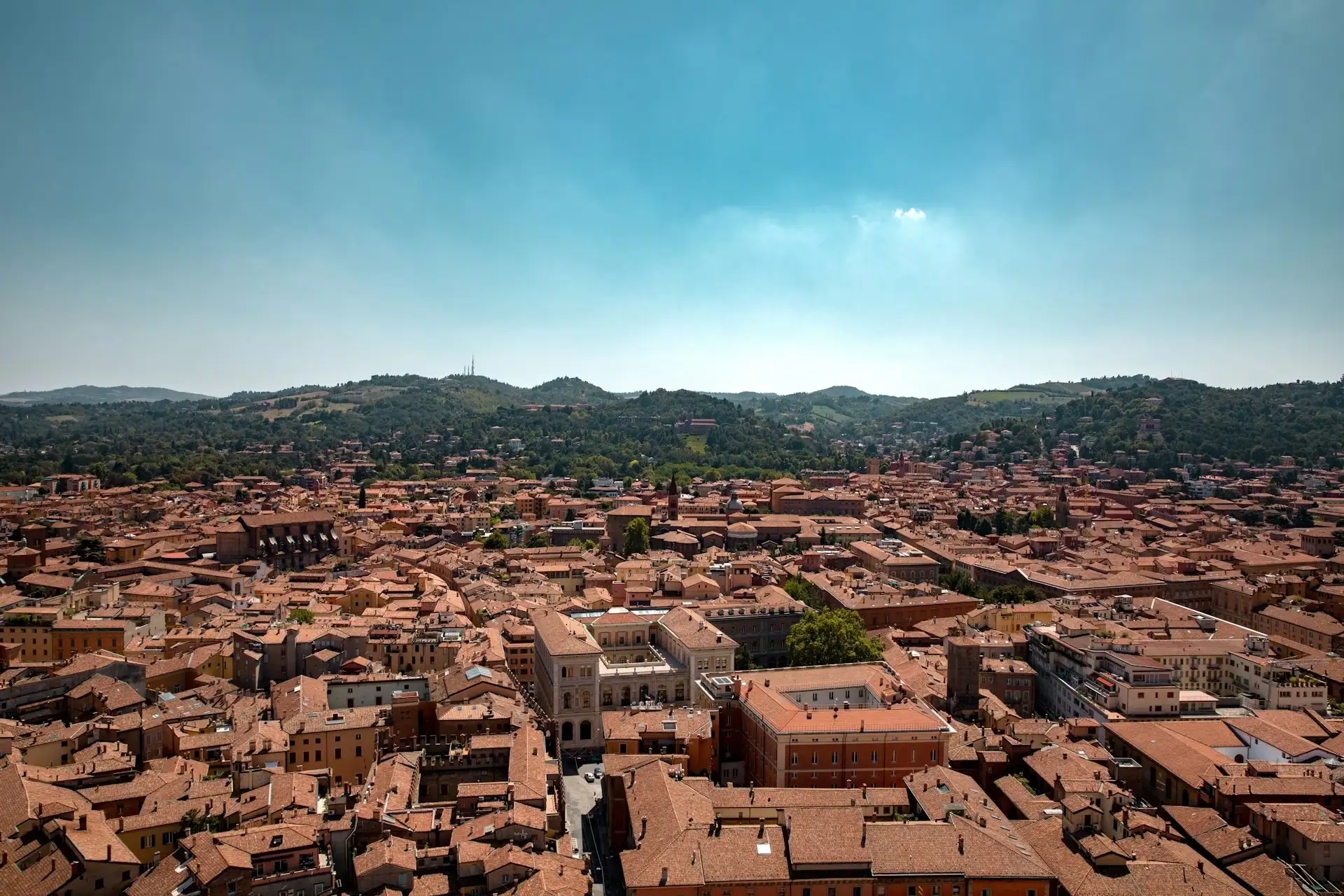
.jpg)
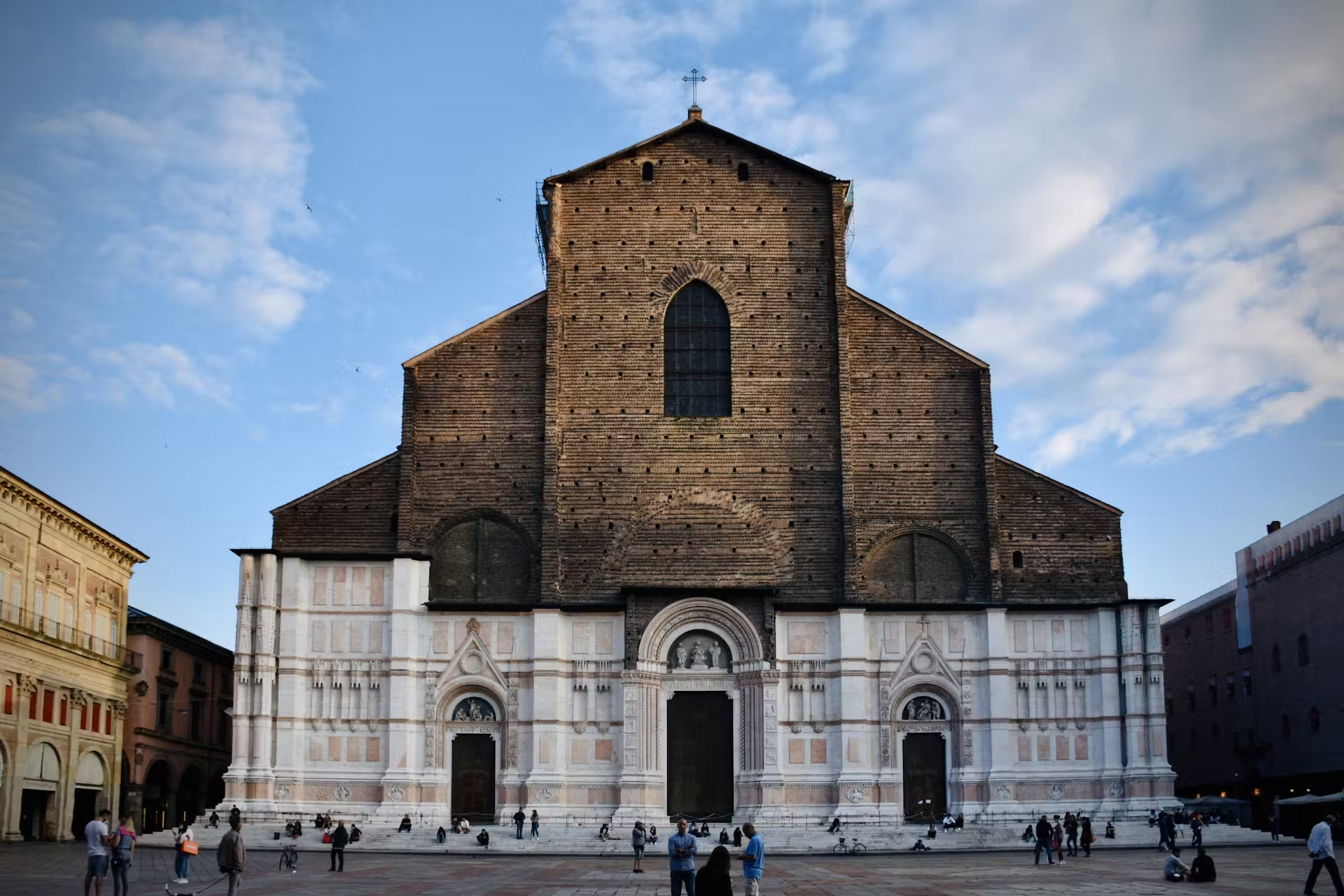
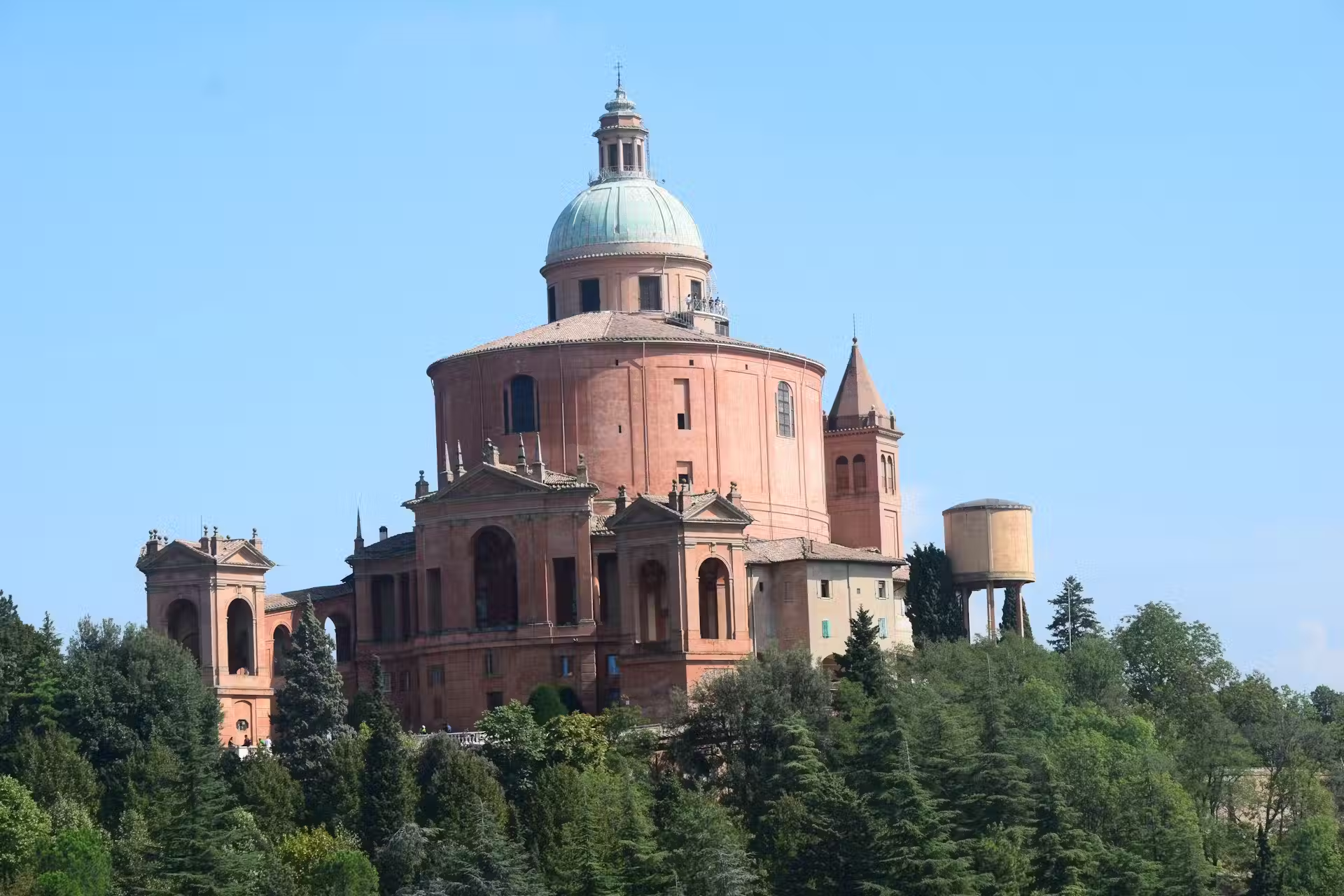
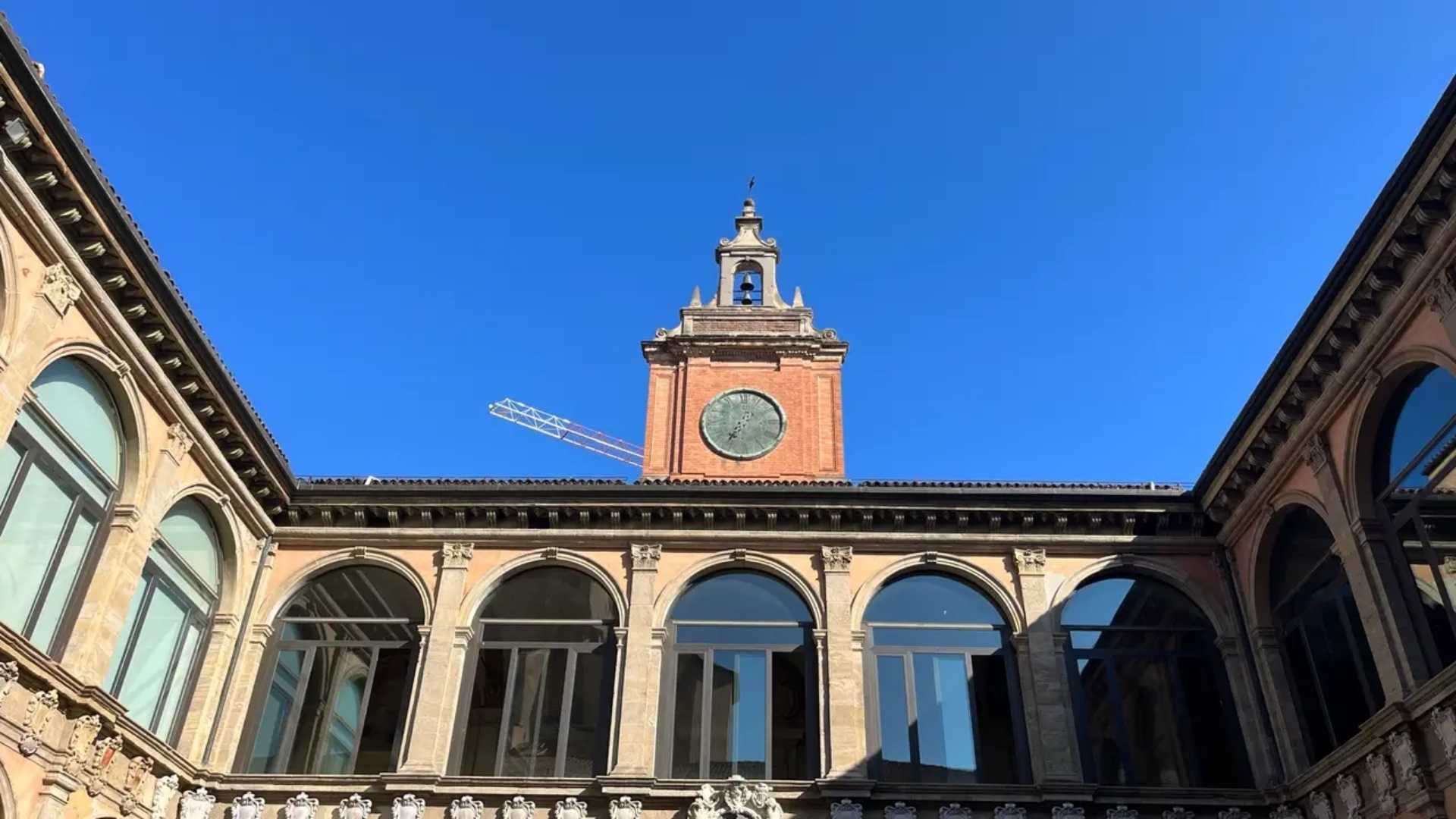


.avif)





